The Intersection of Smart Home Devices and Data Breaches

The allure of smart home devices lies in their ability to make our lives more convenient and interconnected. However, as these devices become increasingly prevalent, so do concerns about their security. This article delves into instances where smart home devices have been compromised, leading to data breaches, and offers guidelines to ensure the safety of personal information.
Table of Contents
- The Rise of Smart Home Devices
- Notable Data Breaches Involving Smart Home Devices
- The Implications of Data Breaches
- Protecting Your Smart Home from Data Breaches
- Conclusion
1. The Rise of Smart Home Devices
From smart thermostats to voice-activated assistants, the smart home ecosystem has expanded rapidly. These devices, while enhancing comfort and efficiency, are also repositories of vast amounts of personal data, making them attractive targets for cybercriminals.
2. Notable Data Breaches Involving Smart Home Devices
- Smart Cameras: There have been instances where unauthorized users have gained access to smart camera feeds, invading the privacy of residents.
- Voice Assistants: Eavesdropping vulnerabilities have been discovered in some voice assistants, potentially allowing hackers to listen in on conversations.
- Smart Locks and Home Security Systems: Breaches in these devices can compromise the physical security of homes, allowing unauthorized access.
3. The Implications of Data Breaches
- Loss of Privacy: Unauthorized access to device data can expose personal conversations, daily routines, and other private information.
- Financial Risks: If linked to payment methods, compromised devices can lead to unauthorized purchases or financial theft.
- Loss of Trust: Data breaches can erode trust in device manufacturers and service providers.
4. Protecting Your Smart Home from Data Breaches
- Regular Updates: Ensure all devices are updated regularly. Manufacturers often release security patches to address vulnerabilities.
- Strong Passwords: Use unique and strong passwords for each device and associated accounts. Consider using a password manager.
- Network Security: Secure your home Wi-Fi network with strong encryption. Consider setting up a separate network for your smart devices.
- Two-Factor Authentication: Enable two-factor authentication for accounts linked to smart devices, adding an extra layer of security.
- Research Before Purchase: Before adding a new device to your smart home ecosystem, research its security features and read user reviews.
5. Conclusion
The integration of smart devices into our homes brings both convenience and security challenges. By staying informed about potential vulnerabilities and following best practices, homeowners can enjoy the benefits of a smart home while minimizing the risks of data breaches.





